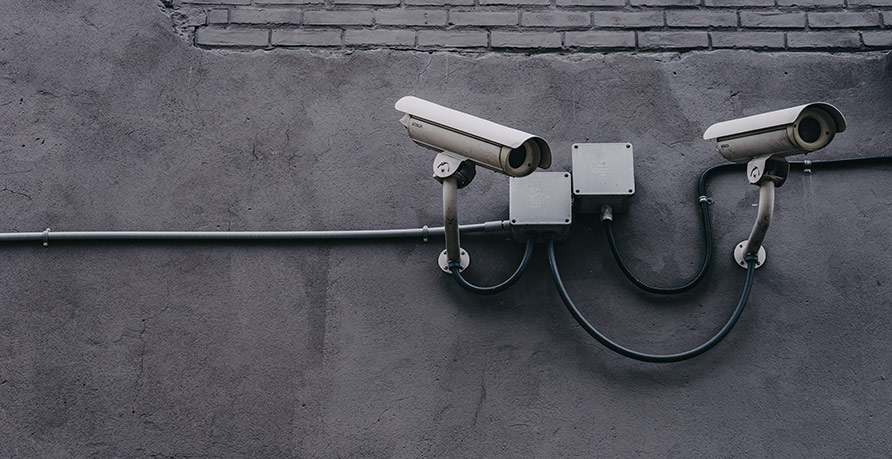
We’ve all likely had a nosy friend, neighbor, co-worker or family member who always wants to be kept in the loop of what’s going on. You know, the people that have a tendency to secretly listen in on your conversations with others, perhaps even phone calls to ensure that they’re not missing out on anything and staying up on all the latest gossip. Yes, eavesdropping – or the practice of secretly listening to a conversation – is nothing new, annoying as it may be. But this example isn’t the only type of eavesdropping that people have to be aware of – and concerned about – these days. Today, many wrongdoers are mastering the practice of “electronic eavesdropping” as a means of stealing confidential and important business data. Here’s a closer look at electronic eavesdropping, what devices are commonly used to extract data and what you can do about it.
What is Electronic Eavesdropping?
Just as how eavesdropping is the practice of secretly listening to a conversation, electronic eavesdropping is the same thing – except it typically involves the use of electronic devices such as cameras, microphones, wiretaps and recorders. Electronic eavesdropping is similar to surveillance practices that law enforcement and FBI officials perform on certain people or parties under investigation, but it’s now becoming a data security threat to businesses throughout the country. Hackers are now eavesdropping on the likes of phone calls, video conferences, fax messages, e-mails and instant messages with advanced electronic devices.
Devices to Extract Data
Like we mentioned above, microphones, wiretaps, recorders and cameras are some of the common devices used to carry out electronic eavesdropping. However, the most widely used practices used to extract data are wiretapping, bugging and video taping. Often times, electronic eavesdropping is performed after someone has accessed a particular site and planted something onto a computer, phone, etc. However, it is possible for hackers to access vulnerable electronic equipment from the outside as well.
Protecting Yourself from Electronic Eavesdropping
So what can be done to prevent electronic eavesdropping? There are various things that you can do to boost your security. Here’s a look:
- Encryption: If your office has a VoIP phone system, make sure that it’s properly encrypted. Those that don’t use encryption make it much easier for someone to intercept phone calls.
- Does your office use computers with microphones or cameras built into them? If so, then you’d be wise to pick up a rootkit to keep them safe. Often times, hackers are able to “listen” through these devices without anyone even knowing it. Check out the Black Mirror episode “Shut Up and Dance” for a look at the potential – albeit somewhat exaggerated – danger that this could pose.
- RF window films: These films protect buildings and can help to reduce the risk of electronic data theft via eavesdropping. RF window films also offer other benefits, such as blast protection, rejecting RF signals and reducing UV and solar emissions.
If you haven’t taken the proper measures to protect your business from electronic eavesdropping, we’d strongly advise that you start now. Failure to do so could cost your company dearly.

